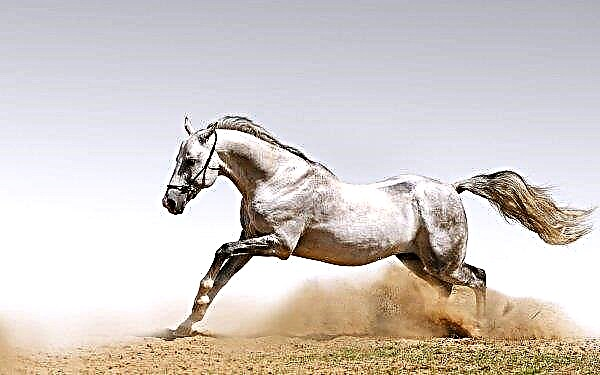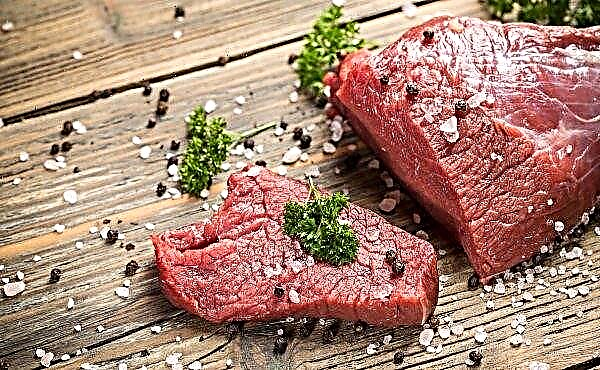Livestock producers are faced with the constant challenge of monitoring animal behavior for signs of illness or injury.
To solve this problem, an interdisciplinary team from the University of Nebraska has developed precision technology that helps manufacturers constantly monitor animals and use the data to improve their quality. The group includes electrical engineers and computer scientists from Nebraska, as well as zoological scientists who developed a technological system using video recordings of pigs.
The system processes video materials received from livestock farms around the clock and uses the “machine learning” data analysis method, which uses statistical algorithms to help computer systems improve without explicit programming. It identifies individual pigs and provides data on their daily activities, such as food, drink and movement.
Based on these data, the system can also estimate how much each pig weighs and how fast it grows. “Our system provides a model of typical behavior,” said Eric Psota, associate professor, professor of electrical and computer engineering. “When an animal deviates from this pattern, it may be a sign that something is wrong. This makes it easier to detect problems before they become too big to fix. ”
The team created its system using deep learning networks, a form of machine learning with millions of factors and parameters. To identify pigs on all sides, networks process large and small images, rotate them, and otherwise transform them.
The team uses ear tags to help with identification, but seeks to rely on unique physical characteristics such as the shape of the ear, while preserving the producers additional labeling work. Although the system was designed to identify pigs, its algorithms can be used for other livestock types, such as cattle, horses, goats and sheep.












